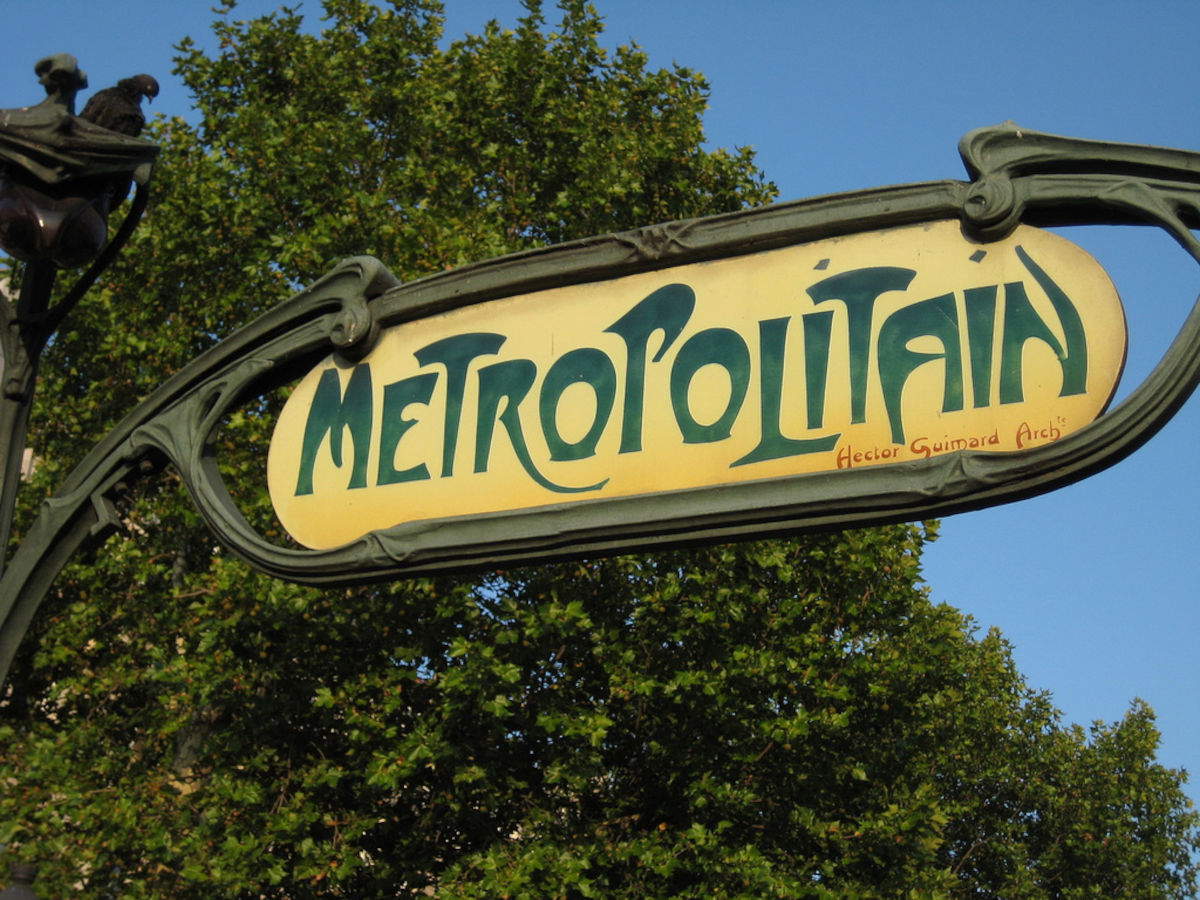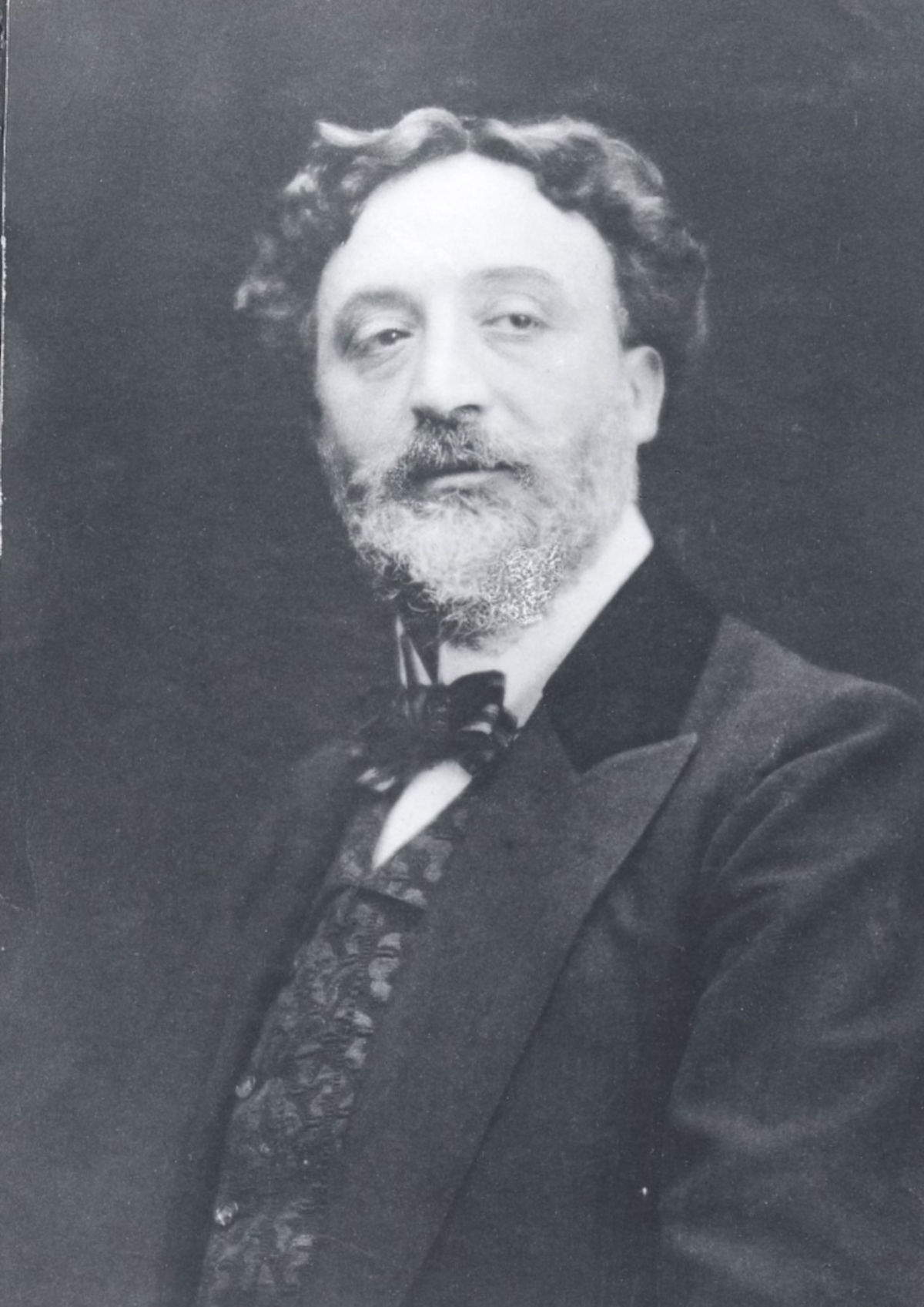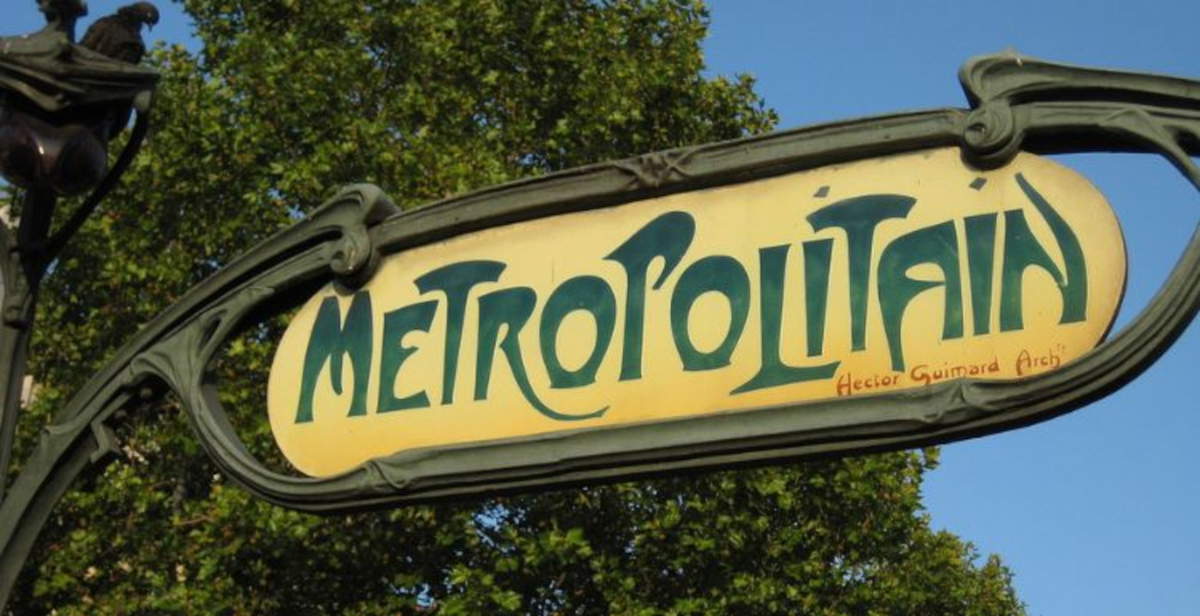Paris will soon have a new museum entirely dedicated to Hector Guimard (Lyon, 1867-New York, 1942), the French architect and designer known for designing the city’s unmistakable Art Nouveau metro entrances. The museum will be housed in theHôtel Mezzara, a 1910 building designed by Guimard himself for client Paul Mezzara, a decorative artist and entrepreneur in the lace and embroidery industry. After years of uncertainty and negotiations, the property has been entrusted to the association Le Cercle Guimard, which has been working to protect and enhance the architect’s work for more than two decades. It is scheduled to open in late 2027 or early 2028.
The project, which represents the concretization of an idea pursued steadily by Le Cercle Guimard, will be entirely financed by Fabien Choné, collector and founder of Diffusion, a company created specifically as a subsidiary of the Fabelsi Group. The total investment amounts to about 6 million euros. The renovation of the building includes work on the electrical and thermal systems, re-roofing, and the creation of a cafeteria in the back garden.
“It might come as a surprise to foreign visitors, but the French never really liked Art Nouveau,” Fabien Choné told The Guardian magazine. “There was a lot of opposition to Guimard’s subway entrances. While visitors saw them as wonderful symbols of the beautiful Métro era, Parisians mocked it by calling it ’spaghetti style’ and struggled to understand its attraction to tourists.”
The future museum institution will house the archives of the Le Cercle Guimard association, including documents and photographs, as well as a core of about 100 works from Choné’s private collection. Among the pieces planned for display are cast iron elements such as railings, balconies, and some original subway entrances, along with ceramics and decorative objects. Another element of the tour will be a virtual reality reconstruction of the Humbert de Romans Concert Hall, a masterpiece designed by Guimard in 1901.
Between 1900 and 1913, designed 141 entrances for Paris metro stations. Of these, 88 have survived to the present day and are now protected as historical monuments. Made of cast iron and glass, they feature curvilinear shapes, floral motifs and the “Métropolitain” sign with typefaces specially designed by the architect. The lampposts, with their arched course and bud-shaped lights, represent one of the most recognizable images of the Parisian cityscape.

Guimard introduced a modular construction system, which allowed stations to be quickly assembled by repeating prefabricated elements. Although appreciated today, the structures were long considered too modern or eccentric, and several were demolished during the twentieth century. Among the most important losses were three monumental pavilions.
The Hôtel Mezzara, which will house the museum, is one of the most complete examples of Guimard’s approach to architecture as a total project. Inside, fine materials and avant-garde solutions coexist in a coherent whole. The centerpiece of the building is the large central hall, topped by a curved glass roof and dominated by a cast-iron staircase flanked by two rows of three chandeliers each. The building remained a private residence until 1956, when the French state purchased it for use as a girls’ boarding school, a function it retained until 2015 under the name Lycée Jean-Zay.
That same year, the government put the building up for sale for 7 million euros ($7.6 million), but Le Cercle failed to complete the purchase. The following year, the building was granted Historical Monument status, and in 2020, procedures were initiated to assign its management through a long-term lease. Earlier, however, Culture Minister Françoise Nyssen had already expressed doubts about the possibility of turning it into a Guimard Museum, saying, as reported by La Tribune de l’Art, that “opening it to the public would entail difficulties that would not be justified with respect to its possible use.”
“Since this state property was declared ’of no use to the public service,’ ten years ago, our association has deployed all its energy and mobilized all its resources to make the Mezzara Hotel the future Guimard Museum,” Le Cercle argued in an announcement that it had won a 50-year lease of the property. "The strategic turning point in our action took place in 2017 with the organization of the exhibition , précurseur du design, conceived to demonstrate the potential of the Mezzara hotel as a museum treasure chest."

In any case, the process of transforming Hôtel Mezzara into a museum has been long and bumpy. Le Cercle Guimard, since 2005, had been using the building to organize temporary exhibitions with the aim of raising public and institutional awareness. Over time, the association repeatedly submitted a plan to the French government to create a permanent museum. After an initial proposal was rejected, the ministry issued a public call for proposals in 2023. On that occasion, too, Le Cercle failed to obtain a concession for the building. Only on the third attempt did the project receive the green light, with financial support from Diffusion.
The future museum also represents the symbolic fulfillment of a wish expressed in the past by Adeline Oppenheim Guimard, widow of the architect and an artist herself. After her husband’s death in 1942, Adeline had offered to donate the Hôtel Guimard, their Parisian home designed by the architect in the Art Nouveau style, to the city or state to become a museum. The offer was not accepted and the building was converted back into apartments.
The initiative that will lead to the establishment of the museum at the Hôtel Mezzara thus aims to fill a gap in the appreciation of the work of , whose role in defining the urban aesthetics of Paris in the late 19th and early 20th centuries is widely acknowledged today. With its opening to the public, the museum will offer a new point of reference for scholars, enthusiasts and visitors, with an entrance fee of between 15 and 20 euros.
 |
| A museum dedicated to the artist who designed subway entrances is born in Paris |
Warning: the translation into English of the original Italian article was created using automatic tools. We undertake to review all articles, but we do not guarantee the total absence of inaccuracies in the translation due to the program. You can find the original by clicking on the ITA button. If you find any mistake,please contact us.